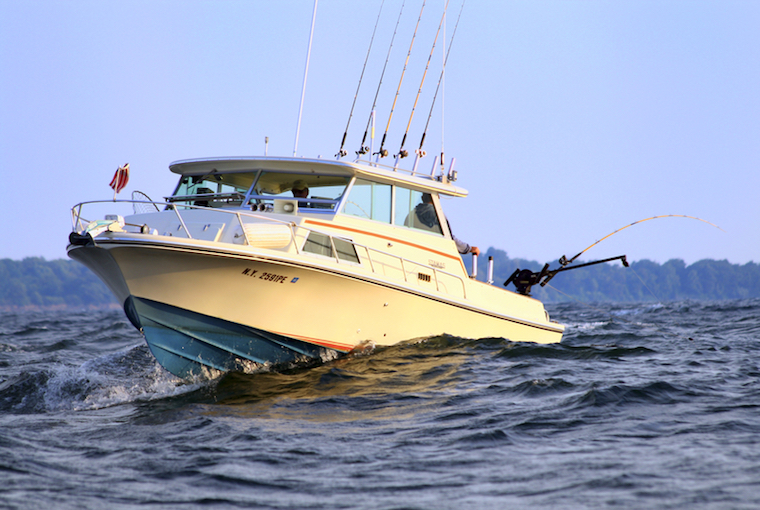
The Ontario government is asking for public comments on Environmental Registry of Ontario proposal 019-1162, relating to 13 species and one carrier that could see regulation under the Invasive Species Act, 2015. The Act exists to prevent new invasive species from arriving and establishing in Ontario, and to reduce the harm they pose to the natural environment as well as the economy. The Act also provides the authority to regulate “carriers” of invasive species, in order to reduce the spread through those pathways.
Boats as carriers
While species ranging from Bohemian knotweed to wild pigs are under review, of note to outdoor enthusiasts is the mention of boats as carriers. In fact, the MNRF is reviewing the potential benefits of regulating the movement of watercraft over land. The primary focus of the review, as it relates to boats, is to determine if current education focused on “Clean, Drain, Dry” principles and practices should be made mandatory through regulation. Neighbouring jurisdictions of Michigan and Minnesota already have such laws in place.
Minnesota boaters must remove all visible aquatic plants, zebra mussels, and other prohibited invasive species from watercraft, trailers, and water-related equipment before leaving any water access. Furthermore, draining water-related equipment (boat, ballast tanks, portable bait containers, motor and drain bilge, livewell, and baitwell) is required before leaving a water access or shoreline property. Drain plugs must remain out, and water-draining devices must be open while transporting watercraft. Michigan enacted comparable rules in 2018.
Possible fines
Similarly, all watercraft transported on Alberta highways must have their drain plugs pulled. Failure to do so may result in a $172 fine.
That province has taken the step of operating watercraft inspection stations on some roadways. When highway signage indicates that a station is open, everyone transporting a watercraft must report to the onsite inspectors to have their boats, trailers, and other water-related equipment checked for invasive species. Bypassing an open inspection station can result in a $310 fine.
Since many of the species on the list for review are so small, livewells, bilges, and trailers can easily contribute to the spread of aquatic species without the knowledge of the owner. Despite education programs, the MNRF is concerned that species are still invading new areas via recreational boats.
Invasive Species Awareness Program
ISAP’s Brook Schryer agrees that boats did have a lot to do with the spread of zebra mussels and spiny water fleas, but points out that the “Clean, Drain, Dry” initiative has been successful in slowing the spread of exotics.
He adds that the “Dry” part of the equation — completely drying a boat and trailer before launching it into a new lake — is the most challenging to implement. It would change the practice of hitting a few lakes during a single day of fishing, and it applies to non-motorized vessels as well. Canoe trips with multiple portages would look dramatically different if regulations were implemented.
Minnesota actually recommends letting your boat dry for 5 days between uses. However, a University of Notre Dame study found that the Clean and Drain parts of the procedure alone were 80-90% effective in eliminating invasive species from a boat.
Current species
The animal and plant species named in the current broad discussions of the Invasive Species Act are:
• Marbled crayfish
• Tench
• New Zealand mud snail
• European frogbit
• Yellow floating heart
• Prussian carp
• Red swamp crayfish
• Fanwort
• Bohemian knotweed
• Giant knotweed
• Himalayan knotweed
• Mountain pine beetle
• Wild pigs
Comments can be submitted online at the Environmental Registry of Ontario website, or by mail to the MNRF’s Biodiversity Coordinator in Peterborough.


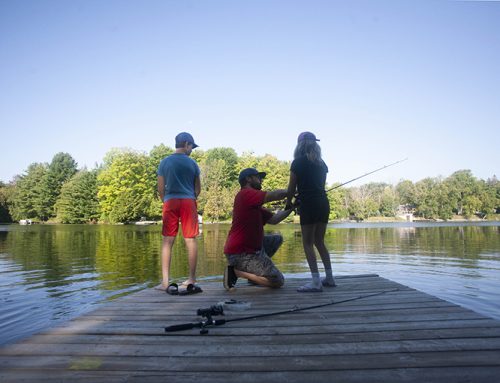
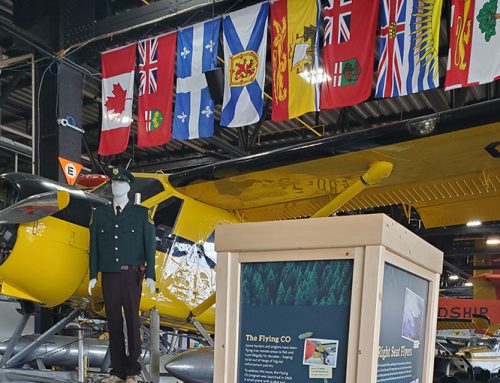
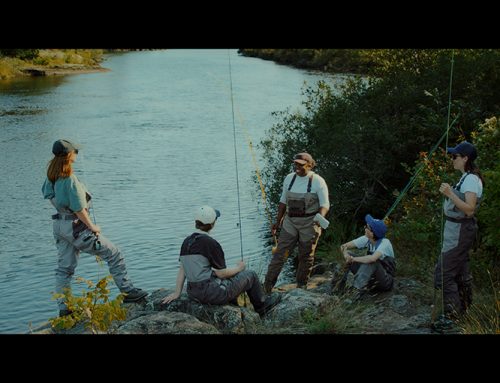
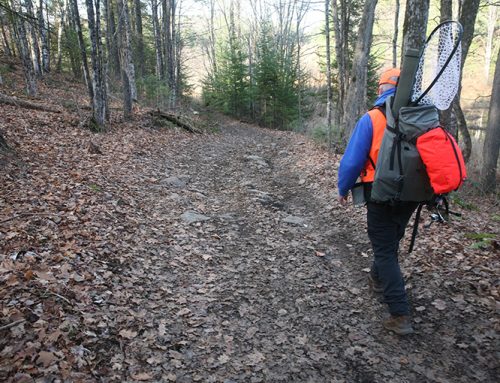
Leave A Comment